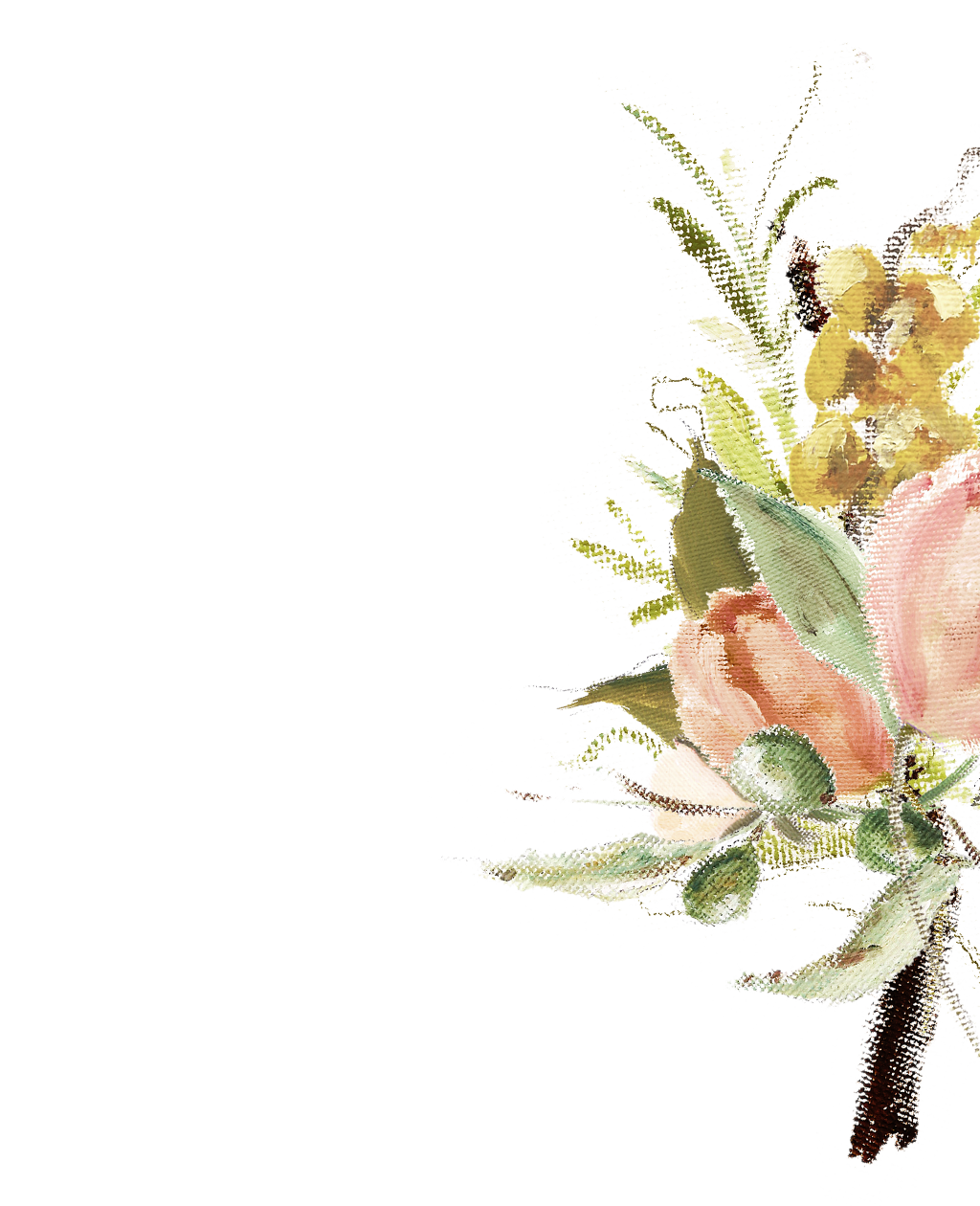Ketki & Sujay


Schedule
Thursday, January 16, 2020
Mehendi
Thu, Jan 16, 2020, 4:00 pm - Fri, Jan 17, 2020, 12:00 am
Kamatwade road, Nashik, Maharashtra 422008, India
Henna will be drawn on the bride's hand and all the people who will be there. The professional henna painter will paint the hands and legs of the bride. The color of henna indicates how much bridegroom will love her. If it is brownish (dark) it symbolizes more love and affection of bridegroom for the bride.
Friday, January 17, 2020
Engagement
12:30 pm - 2:30 pm
Near Shubham Water Park, Anjeneri Hills, Trambakeshwar Rd, Nashik, MH 422213, India
Engagement, or SakharPuda, is generally conducted in presence of friends & family. Literally, SakharPuda means a packet of sugar (Sakhar– sugar, Puda – packet). Groom's mother applies Turmeric & Vermillion to bride & gives her a sari, into which bride is supposed to change. Then groom's mother does Oti Bharane (a blouse piece, rice, & coconut) & gives Sakharpuda -a cone shaped decorative parcel filled with pedhe. This means groom's side has to give their word to bride's side that they have fixed the alliance. Similarly, to give their consent in return, bride's mother invites groom, his parents & siblings. After this ceremony, the couple exchanges the ring. A similar process is repeated by bride. Guests are given pedhe, some refreshments or a full meal. This ceremony signifies agreement of alliance witnessed by many people.
Haldi
4:00 pm - 6:00 pm
Besides Shubham Water World, Anjeneri Hills,, Trambakeshwar Rd, Nashik, Maharashtra 422213, India
Yellow and white color Preferred
This ceremony takes place the day before the wedding. The turmeric powder used during the Muhurt Karane ritual is the same that from the five Suhasini's. They apply the turmeric paste on the head, shoulders, hands, and feet of the bride and groom with mango leaves. The turmeric is first applied to the groom and then the bride. Food, music, and dancing will be included in this event.
Sangeet
Fri, Jan 17, 2020, 8:00 pm - Sat, Jan 18, 2020, 12:00 am
Besides Shubham Water World, Anjeneri Hills, Trambakeshwar Rd, Nashik, Maharashtra 422213, India
Party Dress
The bride and Bridegroom will do a couple dance. Also, all the kids, parents, friends and relatives of both sides will perform the dance. Some songs will be dedicated to each other, whereas others are to enjoy and have the fun of this beautiful moment of Family Reunion.
Saturday, January 18, 2020
Vaidik Marriage and Kanya Dan
8:00 am - 9:30 am
Besides Shubham Water World, Anjeneri Hills, Trambakeshwar Rd, Nashik, Maharashtra 422213, India
The Mother of the bride then gives her daughter away to the groom along with her blessings for them to start a life of Dharma, Artha, and the Kama. The groom accepts her blessings and says he is receiving love in exchange of love, and that the bride is the Divine love that is showered from the sky and received on earth. The bride asks him to promise that he will love and respect her. The bride’s parents perform worship of the couple as avatars of Lord Vishnu and Goddess Lakshmi. The couple ties a piece of halkund (dried turmeric) with a thread on each other’s hands and the ritual is known as Kankan bandhane. This knot is untied only after the wedding. The groom then seals the ritual by placing the mangalsutra (Nuptial chain) around her neck and applying sindoor (vermillion) on her center parting. The bride in return applies a sandalwood tilak on the groom’s forehead.
Satapadhi and Karmasampati Rituals
9:30 am - 10:30 am
Near Shubham Water World, Anjaneri Hills, Trimbakeshwar Rd, Nashik, Maharashtra 422213, India
The Satapadhi ritual – The couple circumnavigates around the sacred fire seven times saying out loud the seven ritualistic wedding vows. The Karmasampati ritual – At the end of all wedding rituals, the couple prays in front to the holy fire before it is extinguished. The brother of the bride playfully twists the groom’s ear to remind him of his future duties. The couple gets up from the mandap and seeks blessings from all relatives present.
Wedding
12:30 pm - 5:30 pm
Besides Shubham Water World, Anjeneri Hills, Trambakeshwar Rd, Nashik, Maharashtra 422213, India
The Sankalp ritual - The priest chants the Mangalashtakas, or holy wedding vows. The bride is led to the mandap by her maternal uncle. The Antarpat is removed and the couple sees one another. They exchange garlands and are showered with akshatas: unbroken rice. Food, music, photo session, and dancing will be included in this event.
Sunday, January 19, 2020
Reception
6:00 pm - 9:00 pm
Jatharpeth Chowk, Akola, Maharashtra 444005, India
This Reception will be held at bridegroom's city. His whole family including extended relatives and friends will be invited. It introduces bride to the groom's family and all from their side. Photosession and food will be included.